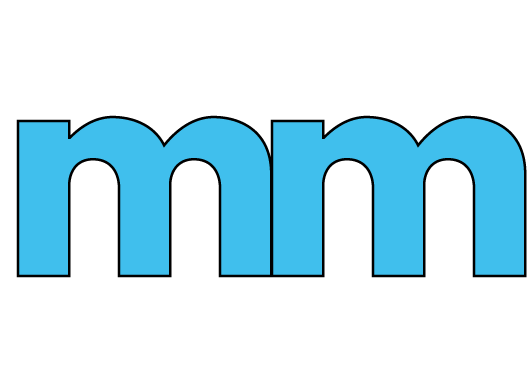This past Friday and Saturday, I had the opportunity to travel to Bloomington to attend a workshop about teaching with primary sources. Primary sources are eye-witness accounts, people who actually experienced the history. It was fascinating to look at how these sources, usually all free, can be maximized to increase student achievement in the classroom. The literacy techniques used to analyze photographs, documents, maps, paintings, letters, diaries, and cartoons will aid all students in learning how to deal with multiple mediums and different styles of text.
The workshop, hosted by the Center for Representative Government at Indiana University, highlighted different ways to use these and provided the group with an incredible set of resources. The workshop was fantastic, and the Center for Representative Government will be offering more in the near future, including ones specifically for kindergarten through fourth grade teachers. I would like to highlight some of the ideas below and share with you some of the resources.
For starters, we started with an incredible activity asking what we did yesterday and thought about the thoughts and ideas that we left. How will anyone ever know we did this? Did you get a receipt from a transaction, leave a digital footprint somewhere, or post to social media about it? What would happen in two or three hundred years? What would it say about your day? This activity was a sparking activity to really help understand how primary sources came into use.

What details can you get from this picture? What do you think this person does? Library of Congress Collection. Lewis Hine photographer. No known copyright restrictions.
We then explored some strategies for working with primary sources. One of the best ways to spur a discussion is to use a primary source as an entry event. You ask the students to first see what they see in a picture or document. Have them think about what is seen and unseen, in both images and documents. Next, think about what this could be. Make inferences about the document or photograph. What do you think is happening? Next, ask the students for questions about the document. Ask them what they would like to know. It is an easy way to bring some inquiry into the classroom, engaging students as you work as a team to answer their questions. This process will also facilitate more thought-provoking questions and force the students to work with the details, something a lot of us strive for.

What is this a picture of? What is the story? Library of Congress collection. Lewis Hine photographer. No known copyright restrictions.
Another fantastic exercise is to have the students create a story from the document. Start by having the students list as many questions as they can come up with. Next, look for open-ended or closed questions. Have the students label them. Afterwards, pick two open-ended questions as well as two closed questions. Finally, have the students tell the story of the picture. What is it? What is going on? We used this image during the workshop. I challenge you to come up with the story behind the photograph.
All in all, I would highly recommend this workshop to any and all teachers that work with social studies or language arts. I will keep you updated on the opportunities for these presentations.
Resources:
The Library of Congress hosts thousands of artifacts for use by the American Public. Congress appropriates the money to develop collections, house the collections, and at times, restore collections. As it is a government work, the majority of the items have no copyright restrictions on them. Look around and you can find newspapers, movies, photographs, paintings, cartoons, and documents from many eras of world history.
Center for Representative Government
The Center for Representative Government, formerly known as Center on Congress, is an initiative from Indiana University that is striving to get more people to be participating citizens in society. The Library of Congress and Congress have appropriated funds for the creation of civic-minded activities that help produce a more educated, informed, and participating electorate. Check out their site. They are constantly developing more resources and just won a grant to continue with the gamification of civics in October.
Center for Representative Government Teaching with Primary Sources
This site is specific to the primary sources and primary source exercises. Here you will find activities, units, and lesson plans that assist in teaching with these primary sources. Interested in adding to them? Attend a Level I workshop. After that, Level II will open up and you will be able to create and share. Navigate the site and see what you can use!


